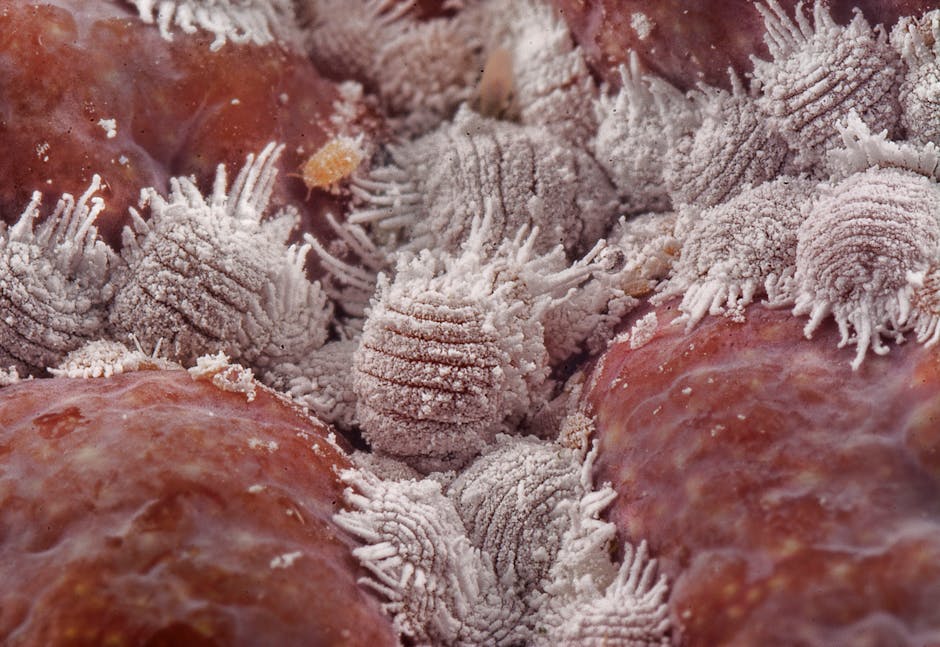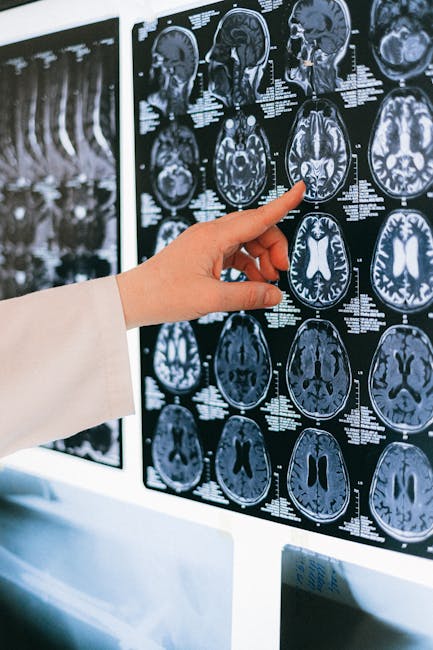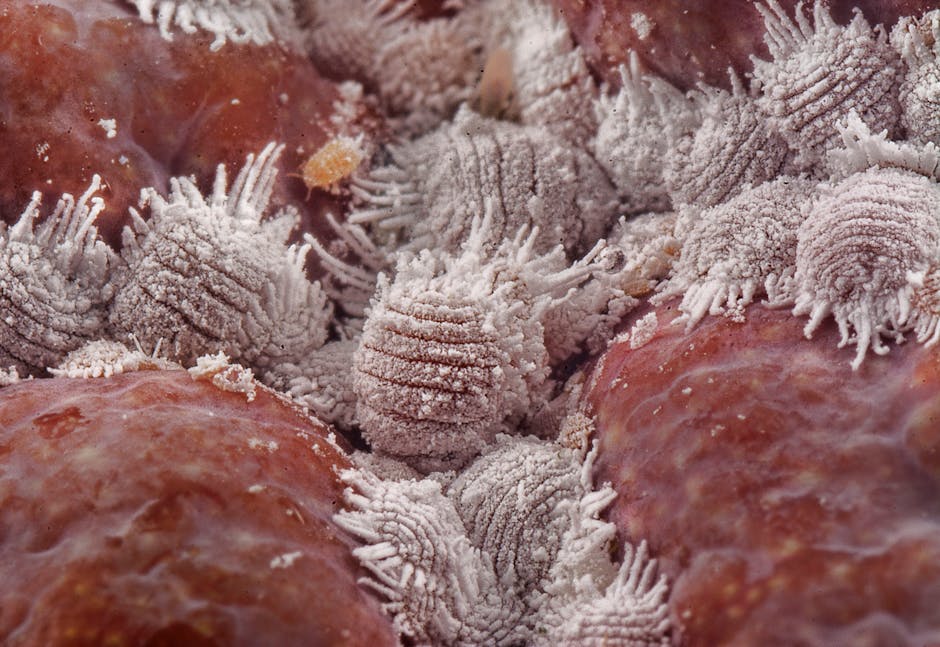NPH Disease: Understanding Normal Pressure Hydrocephalus and its Treatment Options
Normal Pressure Hydrocephalus (NPH) is a neurological condition characterized by an accumulation of cerebrospinal fluid (CSF) in the brain’s ventricles. While the pressure of the CSF may not be elevated, the excess fluid can cause a range of debilitating symptoms. This condition is often misdiagnosed, leading to delayed treatment and significant impacts on quality of life. This comprehensive guide aims to provide a thorough understanding of NPH, including its symptoms, diagnosis, treatment options, and ongoing research.
Understanding the Basics of NPH
The cerebrospinal fluid (CSF) acts as a cushion, protecting the brain and spinal cord from injury. It circulates within the ventricles, spaces within the brain. In NPH, the flow of CSF is impaired, leading to its buildup. The exact cause of NPH remains unclear in many cases, although several contributing factors are identified. These include:
- Previous brain injury or surgery: Trauma to the brain can disrupt CSF flow.
- Subarachnoid hemorrhage (SAH): Bleeding around the brain can damage the mechanisms regulating CSF.
- Infection: Meningitis or other brain infections can impede CSF circulation.
- Genetic factors: Some individuals may have a predisposition to developing NPH.
- Idiopathic NPH: In many cases, no identifiable cause is found.
It’s crucial to emphasize that NPH is distinct from other conditions that cause increased intracranial pressure (ICP). In NPH, the pressure readings may be within the normal range, despite the excess fluid. This is why accurate diagnosis is challenging and often requires a multidisciplinary approach.
Recognizing the Symptoms of NPH
The symptoms of NPH often present gradually and can mimic other neurological conditions, making early diagnosis difficult. The classic triad of symptoms includes:
- Gait disturbance: This is often the first noticeable symptom, presenting as a wide-based, unsteady gait. Patients may experience frequent falls and difficulty with balance.
- Urinary incontinence: The excess CSF can affect the bladder control centers in the brain, leading to urinary frequency and urgency, or even complete loss of bladder control.
- Cognitive impairment: This can range from mild forgetfulness to more severe dementia-like symptoms, including difficulty with concentration, memory loss, and impaired executive function.
However, it’s important to note that not all patients experience all three symptoms. Other potential symptoms include:
- Dementia
- Depression
- Headaches
- Personality changes
- Apathy
- Slowed thinking
Diagnosing Normal Pressure Hydrocephalus
Diagnosing NPH requires a careful assessment of the patient’s medical history, neurological examination, and imaging studies. The diagnostic process often involves:
- Neurological examination: This assesses the patient’s gait, balance, reflexes, and cognitive function.
- Brain imaging: MRI or CT scans are used to visualize the ventricles and assess the amount of CSF. Ventricular enlargement is a key indicator of NPH.
- CSF pressure measurement: A lumbar puncture may be performed to measure the pressure of the CSF. However, the pressure may be normal in NPH.
- Isotope cisternography: This test tracks the flow of CSF to assess its circulation.
- Trial of shunt surgery: In some cases, a temporary shunt may be placed to see if it improves symptoms. This is a crucial diagnostic step.
Treatment Options for NPH
The primary treatment for NPH is a shunt procedure. A shunt is a small tube that is surgically implanted to divert excess CSF from the ventricles to another part of the body, usually the abdominal cavity. This relieves the pressure on the brain and can significantly improve symptoms.
Shunt Surgery: The Most Common Treatment
Shunt surgery is a relatively common and minimally invasive procedure. However, it carries risks, including infection, bleeding, and blockage of the shunt. Careful monitoring is necessary post-surgery to ensure the shunt is functioning correctly.
Other Treatment Options
In some cases, medication may be used to manage symptoms such as urinary incontinence or cognitive impairment. However, medication alone is not typically effective in treating the underlying cause of NPH.

Living with NPH: Long-Term Management and Support
After shunt surgery or other treatments, ongoing management and support are crucial. Regular follow-up appointments with a neurologist are necessary to monitor the shunt’s function and address any complications. Physical therapy, occupational therapy, and speech therapy can help patients regain lost skills and improve their quality of life. Support groups and patient advocacy organizations provide valuable resources and emotional support for those living with NPH.

Ongoing Research and Future Directions
Research into NPH is ongoing, focusing on better diagnostic tools, improved surgical techniques, and a deeper understanding of the disease’s underlying mechanisms. Scientists are investigating potential new therapies that may offer additional treatment options in the future.
Conclusion: Early Diagnosis is Key
Normal Pressure Hydrocephalus is a serious but treatable condition. Early diagnosis and prompt treatment are crucial to maximizing the chances of recovery and improving the quality of life for those affected. If you suspect you or a loved one may have NPH, it is imperative to seek medical attention immediately. Through awareness, early diagnosis, and appropriate treatment, the impact of NPH can be significantly minimized.


